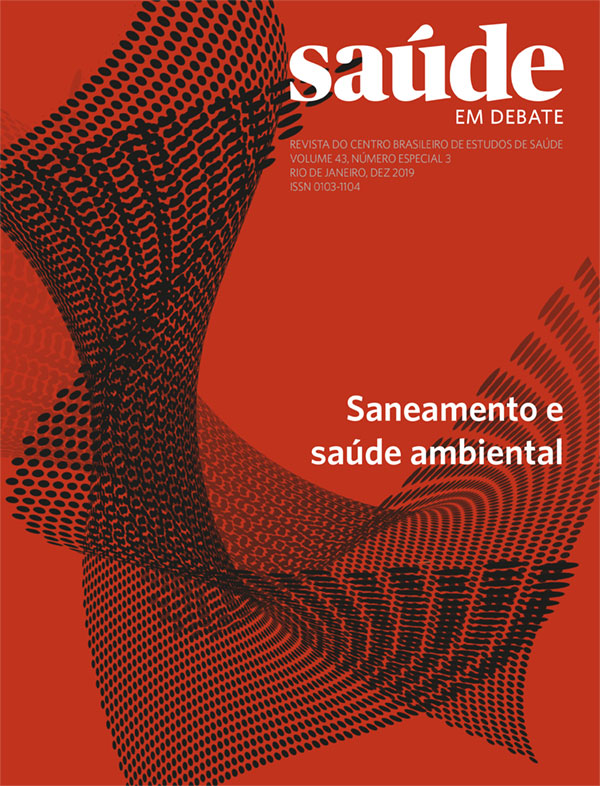Access to basic and analytical sanitation of cholera: a quantitative analysis between 2010 and 2015
Keywords:
Cholera. Vibrio cholerae. Basic sanitation. Waterborne Disease.Abstract
Health conditions are among the main factors leading to human health damages, particularly concerning infectious diseases by water transmission. Among those cholera is highlighted in this work: the virus infection of Vibrio cholerae toxicity (serogroups O1 and O139), which is characterized
by marked diarrhea. Using incidence data on cholera (CI) and the population percentage of Access to Sanitation (AS) collected throughout the world, the objective of this work is to quantify, highlight and discuss relationship between those two indicators over the period from 2010 to 2015, besides pointing out other possible magnifying factors of socioenvironmental vulnerability to this pathology. Over that period, 1,575,168 cases of the illness were analyzed, showing more frequent occurrences in the region of the African-Asian subcontinent and isolated countries in the other continents, such as Haiti (America) and Papua New Guinea (Oceania), which also presented serious problems regarding the access to sanitation services. Thus, although we suggest other socioenvironmental factors to also be analyzed sanitation conditions proved to be an expressive determinant for the incidence of cholera in all regions worldwide.
Downloads
Published
How to Cite
Issue
Section
License
Copyright (c) 2022 Saúde em Debate

This work is licensed under a Creative Commons Attribution 4.0 International License.


















